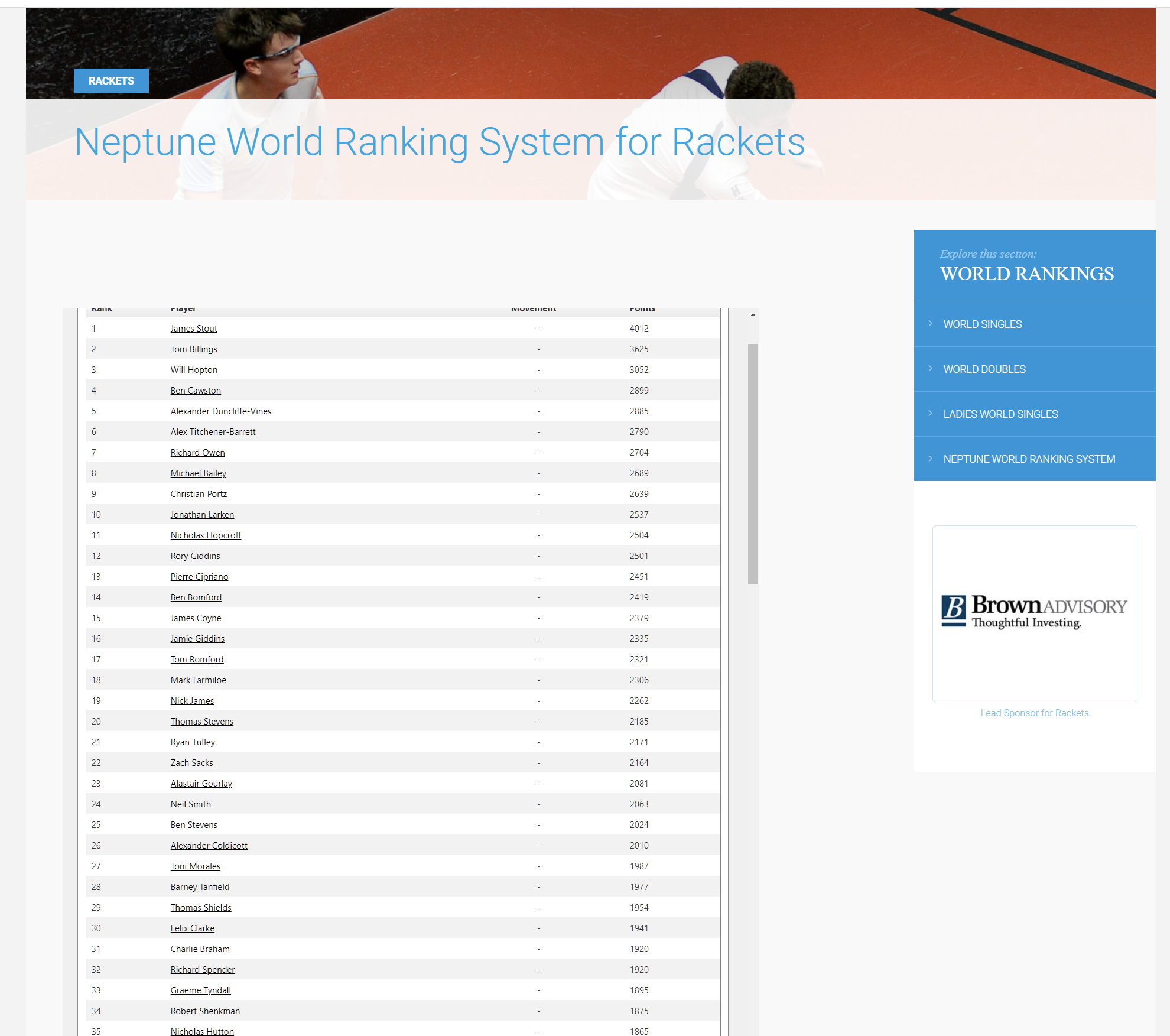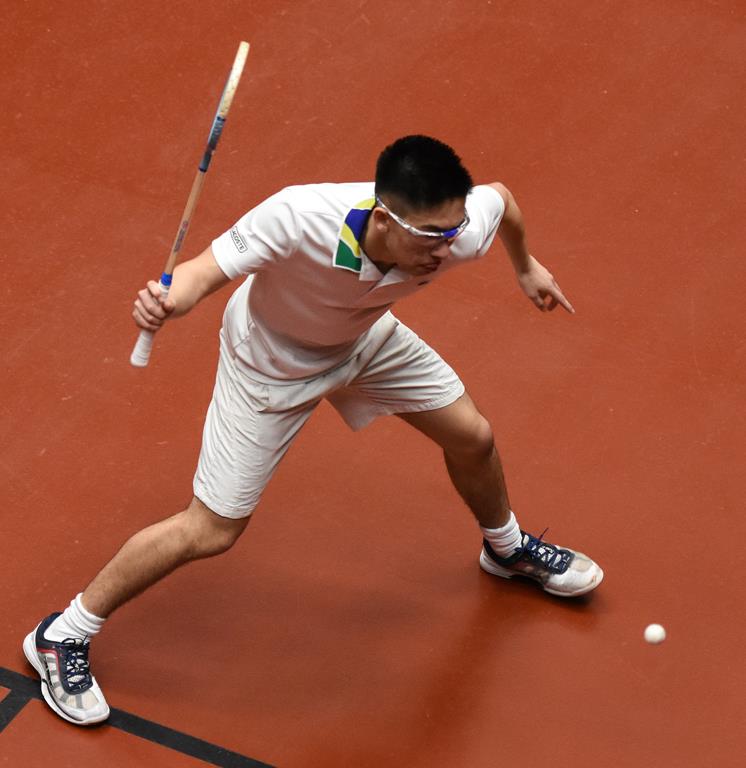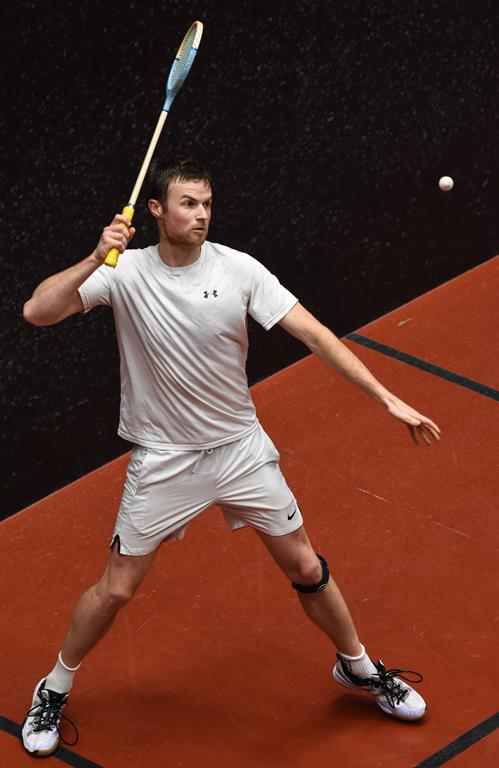The Ranking Procedure
The Neptune World Ranking System
The first official ranking list was created in Rackets in 2010/11 as an evolution of the Big-Red System and has been adapted to suit the current fixture calendar. The initial ranking system was sponsored by Neptune Investment Management, including both male and female competitors, and incorporated all tournament matches and assigned every player a nominal ‘ranking point’ rating which determined their position in the world. Players could win or lose points depending on their performance in the tournaments during a season, at which point at the end of the season a player was ‘re-calibrated’ (denoting an increase in points due to their participation in more than one tournament) or ‘eroded’ (reducing their number of points due to inactivity).
This system was refined over the summer of 2020 and many of the earlier inaccuracies and anomalies removed; and now needs further play to authenticate itself. This system is, however, slow moving in the top ten due to its source code being predicated on a zero-sum algorithm but is reasonably representative for those players below the top 15-20. Following reform of the World Challenge process a new Elite System was introduced in 2014/5 which is now used predominantly to seed major tournaments.

The Elite System

In the Elite Ranking System, for both singles and doubles, players accumulate points individually and as a designated doubles partnership in specified Qualifying Tournaments (QTs) to determine their Elite World Singles Ranking, which would also be linked to their World Championship Challenge points standing.
The singles ranking system has been refined in January 2021 to run over a rolling three-year cycle, with the current year carrying higher points than the previous year, itself higher than the year before. This add relevance to the ranking.
There are currently plans to evolve the doubles ranking system as an individual system, so a pair is the sum of its components. The finer details are still being defined.
Seeding for major tournament, including all QTs, are taken from the top of the Elite System, following by the Neptune World ranking System for those below the threshold.
The World Challenge
Players and doubles partnerships accumulate points in a two-year Qualifying Period (QP), with the top ranked player/pair (excluding the holder/holders of the World Championship title) winning through to play in the World Championship. In recent years ‘eliminator’ matches have been used to determine a challenger for the world championship. An Eliminator (if necessary) and a Challenge Match are scheduled to take place every two years, but not where the current World Champion has won three out of the four US Opens and British Opens and one Tier 2 Qualifying Tournament in either North America or UK during the Qualifying Period and does not wish to defend. In the event that the reigning World Champion has won the requisite events to stave off a defense, it would be the choice of the existing champion to decide whether he/she would defend. The World Championship procedures have been refined in the 2010s to accommodate a fast-improving group of ‘world class’ players who are able to compete on the global tour.
The Men’s World Championship (in both singles and doubles) is a best of seven game match played over two legs. The Women’s World Championship is a best of five game match where a potential challenger wins through to play against the reigning World Champion.
